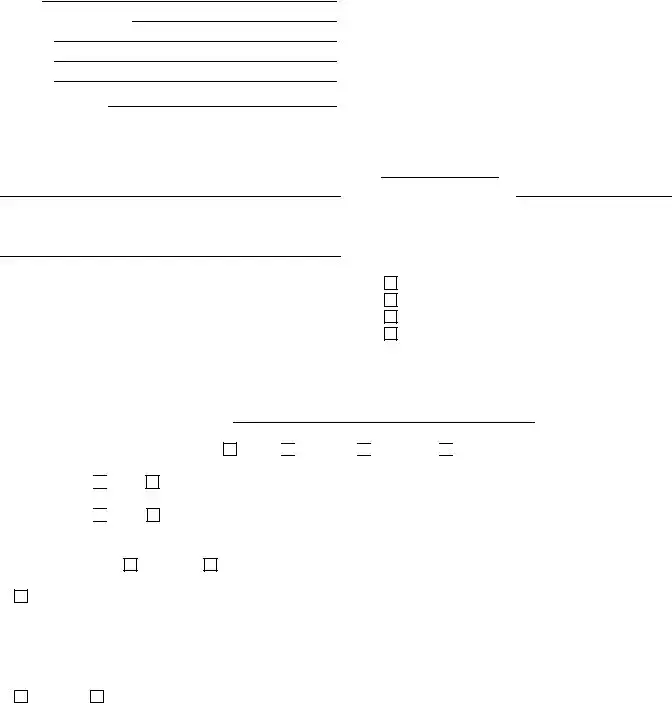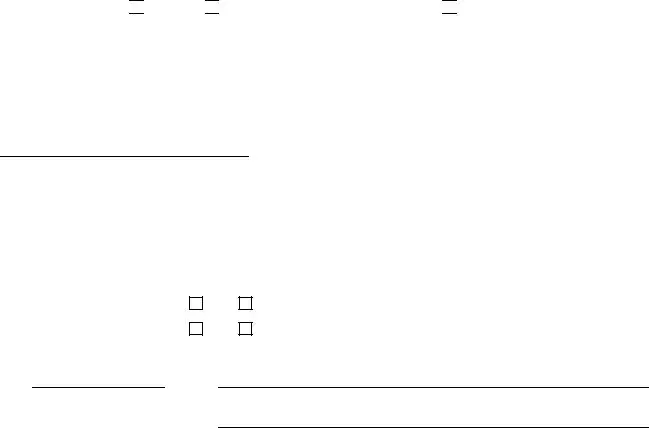The "Eviction Notice" is a crucial document akin to the Verified Complaint for Nonpayment of Rent in New Jersey. While the Verified Complaint is a formal legal filing initiating court proceedings for eviction due to nonpayment of rent, an Eviction Notice is typically the first step a landlord takes to inform a tenant of the violation of the rental agreement, such as nonpayment, and to begin the eviction process. Both documents are essential in the eviction process but serve different stages; the Eviction Notice forewarns the tenant, and the Verified Complaint seeks legal recourse.
The "Lease Agreement" stands as another document similar to the Verified Complaint. While the Lease Agreement outlines the rights and obligations of both landlord and tenant, including rent details, the Verified Complaint specifically cites breaches in these agreements, particularly concerning rent payment. The existence and terms of the Lease Agreement directly influence the drafting and validity of the Verified Complaint, making them inherently linked in landlord-tenant disputes.
Similar to the Verified Complaint is the "Rent Demand Notice." This document, often a precursor to the Verified Complaint, formally requests the overdue rent from the tenant within a specified period before legal action is taken. It outlines the amount owed and serves as a formal reminder to the tenant. Both the Rent Demand Notice and the Verified Complaint play pivotal roles in the process of addressing nonpayment of rent, but the Rent CGRectMake Notice aims to resolve the issue before reaching the courts.
The "Notice to Quit" shares similarities with the Verified Complaint, especially in its function to initiate the process of reclaiming possession of the property. While the Notice to Quit serves as a preliminary step, giving tenants a final opportunity to vacate the premises or rectify lease violations such as nonpayment of rent, the Verified Complaint is the legal follow-through if the tenant fails to comply. Both are instrumental in the eviction process, marking different stages of legal action.
The "Proof of Service" document complements the Verified Complaint by providing evidence that the tenant received the necessary legal notices, including the Verified Complaint itself. It is a verification process that ensures the tenant was officially informed about the landlord's legal actions, adhering to lawful procedures. The Proof of Service, therefore, is both a safeguard for the tenant's rights and a necessity for the landlord to proceed with the eviction case.
A "Settlement Agreement" can be considered similar to the Verified Complaint in the context of resolution. While the Verified Complaint initiates a formal dispute over nonpayment of rent, a Settlement Agreement could be the document that resolves it outside of court. If both parties reach a mutual agreement on the owed rent and terms of continuation or termination of the lease, the Settlement Agreement can avert the need for a court judgment, serving as a peaceful conclusion to disputes initiated by the Verified Complaint.
The "Judgment for Possession" closely aligns with the Verified Complaint, as it represents the potential culmination of the legal process the Verified Complaint sets in motion. If the court sides with the landlord in the dispute detailed in the Verified Complaint, it will issue a Judgment for Possession, officially granting the landlord the right to regain possession of the property. Thus, while the Verified Complaint starts the legal journey, the Judgment for Possession could be its final destination.


 assignee,
assignee, 
 grantee or
grantee or 
 prime tenant of the owner.
prime tenant of the owner.
 did
did
 has
has


 landlord,
landlord, 
 general partner of the partnership, or
general partner of the partnership, or 
 authorized officer of a corporation or limited liability company that owns the premises in which tenant(s) reside(s).
authorized officer of a corporation or limited liability company that owns the premises in which tenant(s) reside(s).